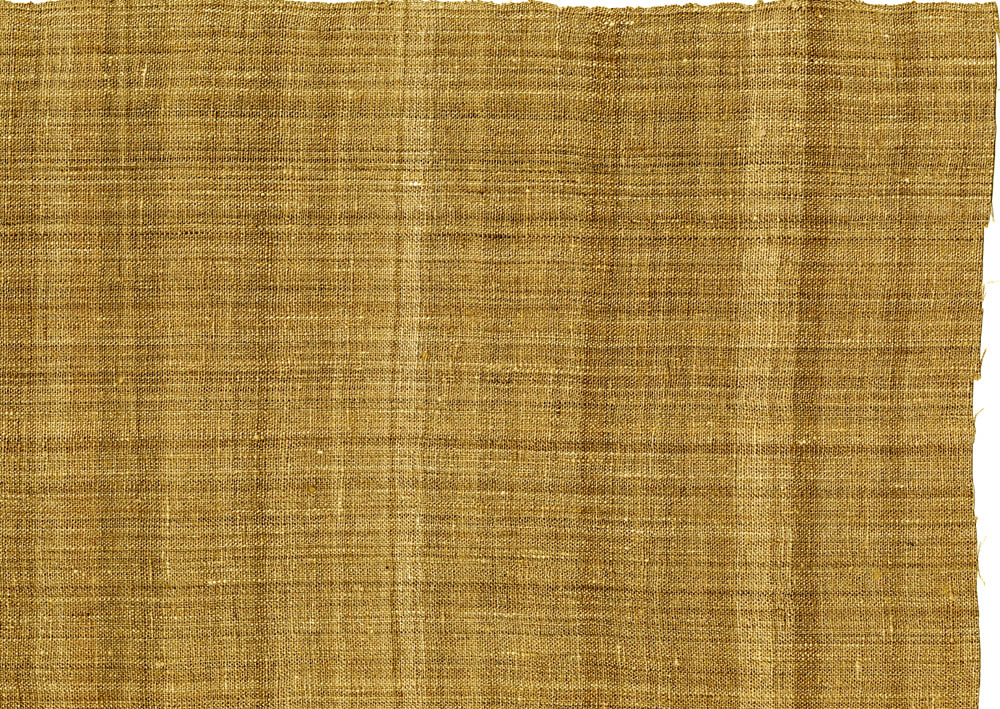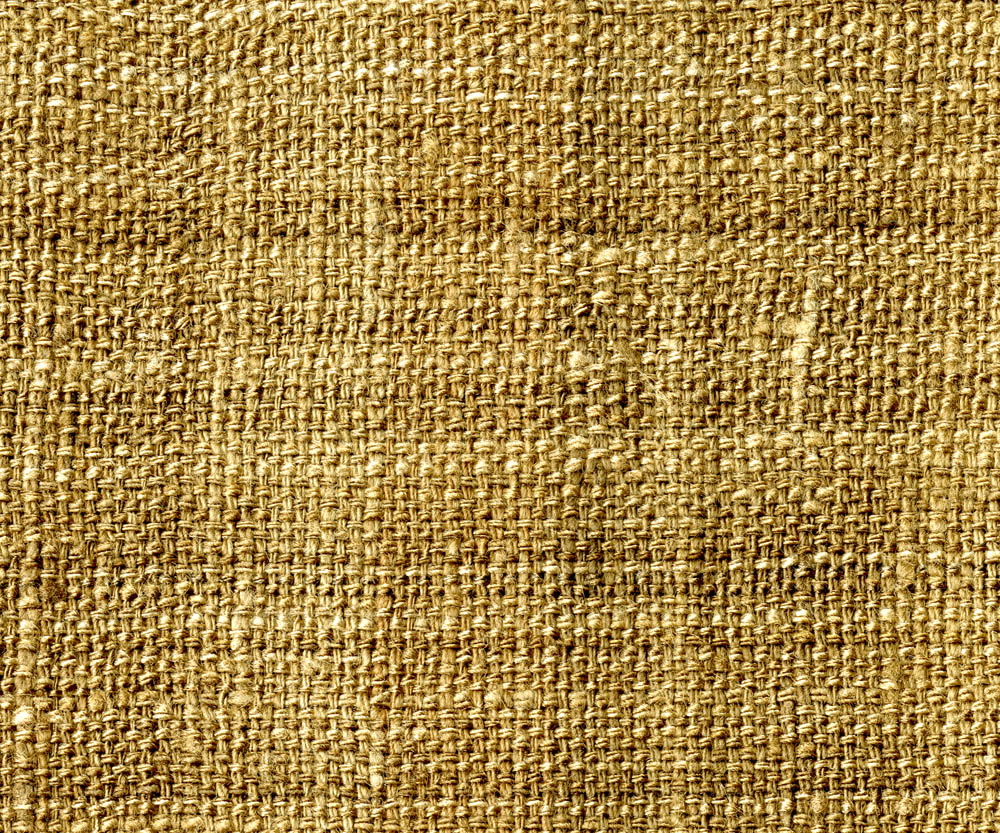Attacus atlas (L.)
Fagara Silk
Attacus atlas (Linnaeus) ranges widely in tropical southeastern Asia (Peigler 1989). Specimens of this famous moth are commonly available for purchase. Some female specimens have a wingspan of more than 230 cm. The huge caterpillars are covered with a whitish waxy secretion, and they feed on many kinds of trees and shrubs. Some of the common records for foodplants are avocado (Persea americana), guava (Psidium guajava), camphor (Cinnamomum camphora), mango (Mangifera indica), and many rainforest trees. The larvae are often reared in Europe on ash (Fraxinus), lilac (Syringa), cherry (Prunus), privet (Ligustrum), and ailanthus (Ailanthus altissima) (Lampe 2010). The big moths are sometimes exhibited alive in insect zoos and butterfly houses in Europe and the United States.
The name fagara comes from an archaic generic name for Zanthoxylum, a genus of trees that are hostplants of the atlas caterpillars. Therefore, the name for the silk originated in India during British colonialism. In recent historical times, the silk has been cultivated locally on small scales in India (Wardle 1881) and tropical China, and there have been occasional projects in Vietnam, Okinawa, Taiwan, and Thailand. In the 1990s the Japanese provided technical assistance to entrepreneurs in Java to start up wild silk industries to exploit two of the local wild silkworms, namely Attacus atlas and Cricula trifenestrata.
The silk from Attacus atlas is various shades of brown and tan, depending on the foodplant used for the caterpillars. The woven fabric is always the natural brown and beige colors; we have not seen any examples where it has been dyed. Some of the products for atlas and Cricula silk include purses, shoes, jackets, shirts, lampshades, and scarves. The “attacus silk,” as it is called in Indonesia, is also exported to Japan to make obis. An obi is a wide and very long belt worn with a kimono.
Description: Fabric of 100% fagara silk (Attacus atlas) from Yogyakarta, Java. Hand-woven using natural colored, spun yarn. The different shades of brown and tan are from cocoons reared on different host plants. Obtained 2008, Java, Indonesia. Production Location: Yogyakarta, Java Measurement: |
References
Lampe, R. E. J. 2010. Saturniidae of the world...Pfauenspinner der Welt: their life stages from
the eggs to the adults...ihre Entwicklungsstadien vom Ei zum Falter. Verlag Dr. Friedrich
Pfeil, München. 368 pp.
Peigler, R. S. 1989. A revision of the Indo-Australian genus Attacus. Lepidoptera
Research Foundation, Beverly Hills, California. xi + 167 pp.
Wardle, T. 1881. Handbook of the collection illustrative of the wild silks of India, in the
Indian section of the South Kensington Museum, with a catalogue of the collection and
numerous illustrations. Facsimile reprint 2007. Kessinger Publishing, Whitefish, Montana.
xii + 163 pp.




